939 Views
27 Chemical-Free DIY Cleaning Products

by
Greatist
(IC: homeowner)
While it might be tempting to spray your whole place with bleach (that makes things “clean,” right?), a lot of common household cleaning products are actually pretty toxic to our health. Luckily, there are alternative ways to keep things fresh and sanitary. Read on for the low-down on cleaning every area of the home, DIY style.
The Environmental Protection Agency ranks indoor air pollution among the top environmental dangers, and much of this pollution comes from common cleaning products (or what we’ll call “indoor pollutants”). Immediate effects of exposure to indoor pollutants can include headaches, dizziness, fatigue, and irritation of the eyes, nose, and throat, as well as exacerbated symptoms of asthma and other respiratory illnesses. Long-term effects (following long or repeated exposure to indoor pollutants) include respiratory diseases, heart disease, and even cancer. The indoor pollutants that can cause these reactions are so common that the EPA strongly recommends everyone improve the air quality of their home, regardless of whether symptoms are currently present. In other words, these pollutants are pretty whack.
Despite the potentially serious consequences of exposure to indoor air pollutants, the government doesn’t regulate or assess the safety (or even labeling) of the vast majority of cleaning products on the market. The EPA, meanwhile, only regulates cleaners that contain registered pesticides. This means that consumers are basically on their own when it comes to choosing safe cleaning products — a task that’s wayeasier said than done. (For reviews of the toxicity of 200 hundred household cleaners, check out the Environmental Working Group’s database.)
Luckily, chemical-laden cleaning products aren’t the only means to keep a home safe and sparkly. Non-toxic homemade cleaning products aren’t only better for us, they can also help save us money and protect the environment. Making your own products cuts down on packaging waste and reduces the release of household chemicals that can contribute to air and water pollution. The best news? The majority of the most powerful cleaning products may well already be on our pantry shelves.
Read on to learn more: http://grt.st/1216rUN
The Environmental Protection Agency ranks indoor air pollution among the top environmental dangers, and much of this pollution comes from common cleaning products (or what we’ll call “indoor pollutants”). Immediate effects of exposure to indoor pollutants can include headaches, dizziness, fatigue, and irritation of the eyes, nose, and throat, as well as exacerbated symptoms of asthma and other respiratory illnesses. Long-term effects (following long or repeated exposure to indoor pollutants) include respiratory diseases, heart disease, and even cancer. The indoor pollutants that can cause these reactions are so common that the EPA strongly recommends everyone improve the air quality of their home, regardless of whether symptoms are currently present. In other words, these pollutants are pretty whack.
Despite the potentially serious consequences of exposure to indoor air pollutants, the government doesn’t regulate or assess the safety (or even labeling) of the vast majority of cleaning products on the market. The EPA, meanwhile, only regulates cleaners that contain registered pesticides. This means that consumers are basically on their own when it comes to choosing safe cleaning products — a task that’s wayeasier said than done. (For reviews of the toxicity of 200 hundred household cleaners, check out the Environmental Working Group’s database.)
Luckily, chemical-laden cleaning products aren’t the only means to keep a home safe and sparkly. Non-toxic homemade cleaning products aren’t only better for us, they can also help save us money and protect the environment. Making your own products cuts down on packaging waste and reduces the release of household chemicals that can contribute to air and water pollution. The best news? The majority of the most powerful cleaning products may well already be on our pantry shelves.
Read on to learn more: http://grt.st/1216rUN
Enjoyed the project?
Published October 13th, 2013 12:37 PM



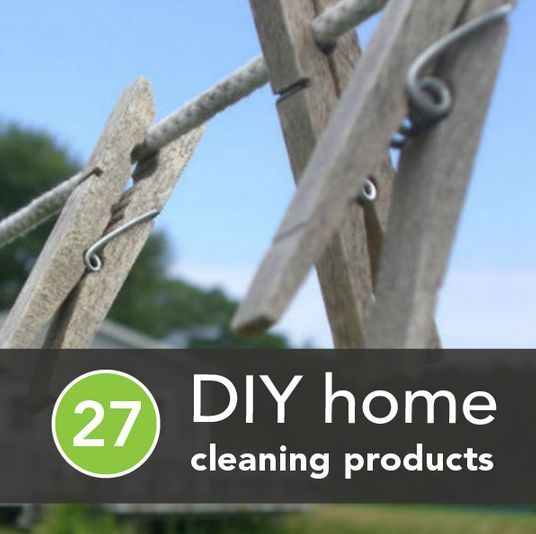


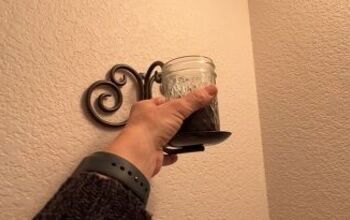



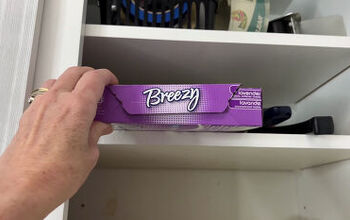









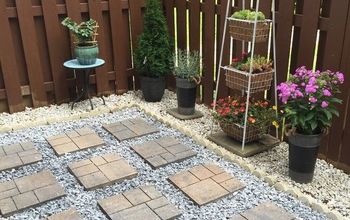

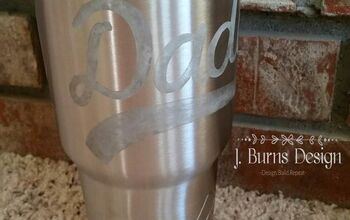
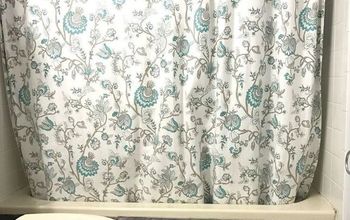
Frequently asked questions
Have a question about this project?